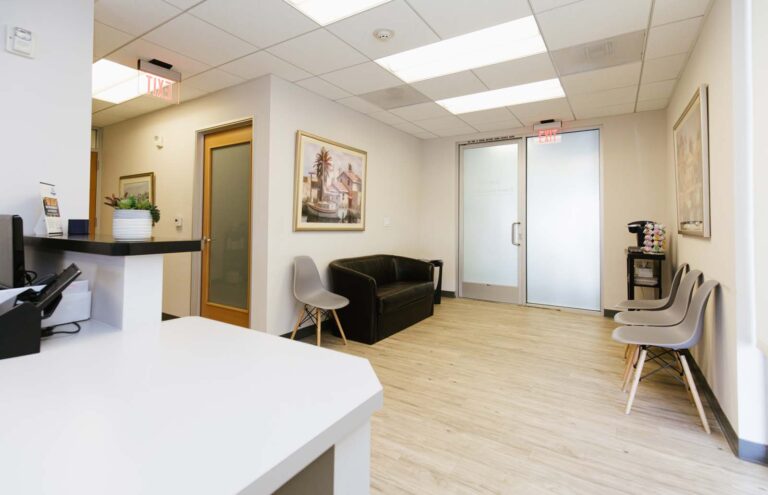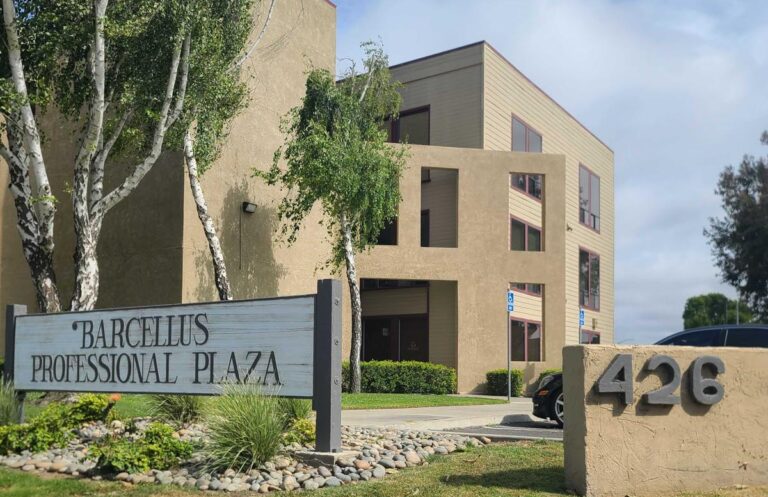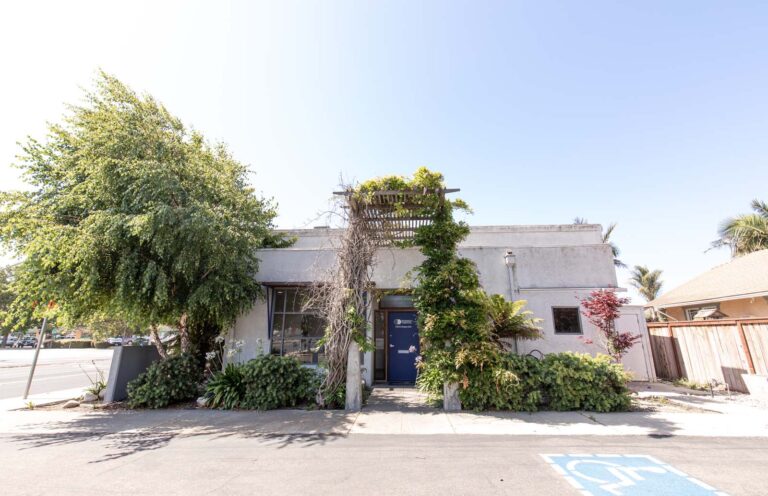Dental Sedation: Ensuring a Comfortable Experience at Pathway Dental Group in Santa Barbara, Santa Maria, and Lompoc, CA
Many people experience fear and anxiety about visiting the dentist. At Pathway Dental Group, we understand that dental visits can be intimidating. Delaying or avoiding dental care can turn minor issues into significant problems that are more painful and complicated. Our team is dedicated to making your visit as comfortable as possible. With modern medicine and advanced dental sedation techniques, we can ensure most procedures are relatively painless and stress-free.
Controlling Dental Pain: Local Anesthesia vs. General Anesthesia vs. Sedation
Managing dental pain and anxiety is crucial for a positive experience. While local anesthesia is often sufficient for pain control, some patients may need additional sedation to ease their anxiety. At Pathway Dental Group, we offer various sedation options to make your visit as comfortable as possible.
- Local Anesthesia: Numbs the specific area being treated. Applied with a swab or syringe, it ensures that you don’t feel pain in the targeted area.
- General Anesthesia: Renders you completely unconscious for the duration of the procedure. It requires close monitoring of your vital signs.
- Sedative Medication: Calms you and reduces anxiety. Sedation levels can vary from mild relaxation to deep sedation, where you are semi-conscious but responsive.
Local anesthesia is typically used to numb the treatment area and is applied directly to the skin or muscle. Sedative medications can be administered through a needle or catheter, providing a calming effect without rendering you completely unconscious. Unlike general anesthesia, sedatives allow you to remain semi-conscious, capable of responding to verbal commands and do not require intensive monitoring of vital signs.
Many sedatives also have the added benefit of causing amnesia, so you won’t remember the procedure, reducing the potential for traumatic memories. Combining local anesthesia with sedative medication ensures a painless and emotionally comfortable experience. Oral sedatives taken by mouth can also help calm your nerves while keeping you fully conscious and relaxed during the dental procedure. The type of sedation used depends on your individual needs and preferences.
Why Choose Dental Sedation at Pathway Dental Group?
While visiting the dentist may never be your favorite activity, Pathway Dental Group is committed to making your experience as comfortable as possible with sedation techniques. If you have questions about our sedation options or specific dental procedures, contact the Pathway Dental Group location nearest you in Santa Barbara, Santa Maria, or Lompoc, CA. Our team is here to help ease your anxiety and ensure a pleasant dental visit.
Signs You Might Need a Root Canal in Santa Barbara, Santa Maria, and Lompoc, CA
Each year, millions of Americans visit their dentist for various reasons, including cavities. However, sometimes, more serious dental issues arise that require advanced treatments like root canal treatment. If you experience severe tooth pain, persistent swelling, or unusual sensitivity to temperature changes, it could be a sign that a root canal is needed. Root canals are an effective solution to save a damaged or infected tooth. Here are some indicators that you might need a root canal.
Persistent Pain
Persistent tooth pain is a significant sign of needing a root canal. This pain can be constant or intermittent but tends to recur frequently. It might be felt deep within the tooth, extending to the jaw, face, or other teeth. While tooth pain can also be caused by cavities, gum disease, or impacted teeth, it’s crucial to consult your dentist in Santa Barbara, Santa Maria, or Lompoc, CA, to determine the exact cause and necessary treatment.
Tooth Discoloration
Discoloration of a tooth, especially when it turns a grayish-black color, can indicate an infection in the tooth’s pulp. This can be due to trauma or the decay of internal tissue. If you notice significant changes in the color of your tooth, it’s important to discuss this with your dentist, as it might require a root canal to address the underlying issue.
Sensitivity to Heat and Cold
If consuming hot coffee or ice water causes lingering pain in your teeth, it might be a sign of nerve or blood vessel damage within the tooth. This sensitivity can manifest as a dull ache or a sharp, intense pain that persists long after you’ve finished eating or drinking. Persistent sensitivity to temperature changes is a common indicator that a root canal may be necessary.
Swollen Gums
Swelling of the gums around a painful tooth can signal the need for a root canal. This swelling might come and go and can be tender to the touch. Additionally, you might notice a pimple-like bump on the gum that could ooze pus due to the infection. This condition causes discomfort and can lead to bad breath and an unpleasant taste in your mouth.
A Chipped or Cracked Tooth
If you have chipped or cracked a tooth due to an accident, sports injury, or chewing on something hard, bacteria can infiltrate and cause an infection. Even without visible cracks, an injury can damage the tooth’s nerves, leading to pain and sensitivity. In such cases, a root canal can help treat the inflammation and save the tooth.
These are just a few signs that you may need a root canal. If you have any of these symptoms, it’s a good idea to talk with your dentist. The Pathway Dental Group team can help answer any questions you may have. Contact any of our locations in Santa Barbara, Santa Maria, or Lompoc, CA, to schedule an appointment today.







